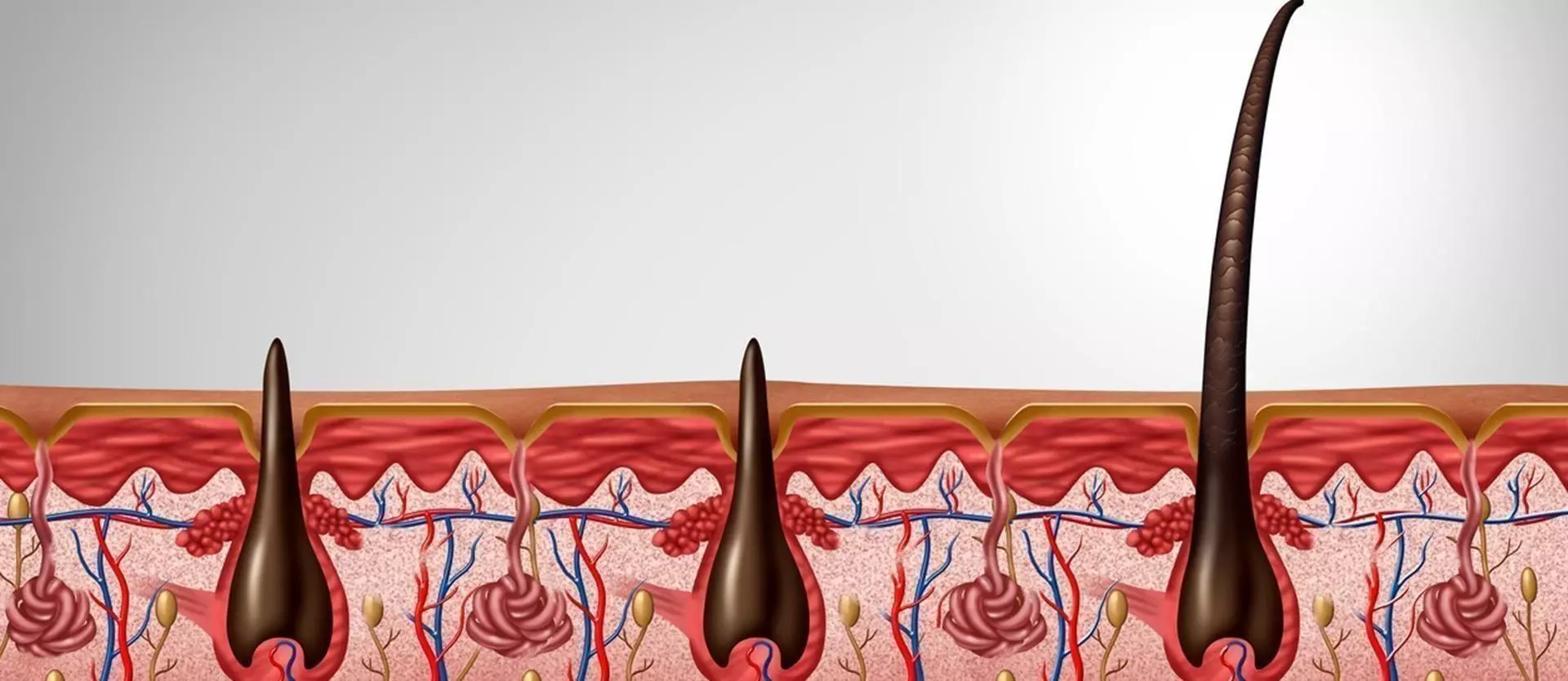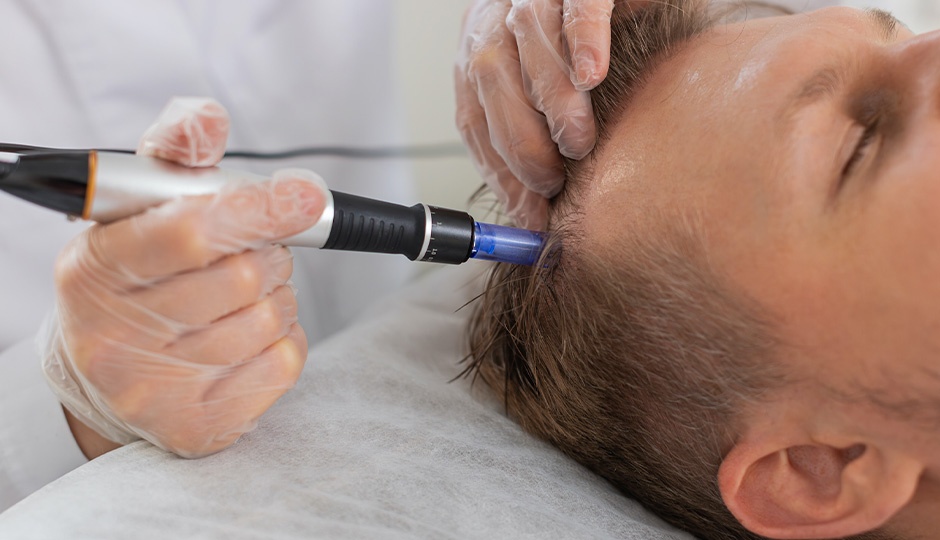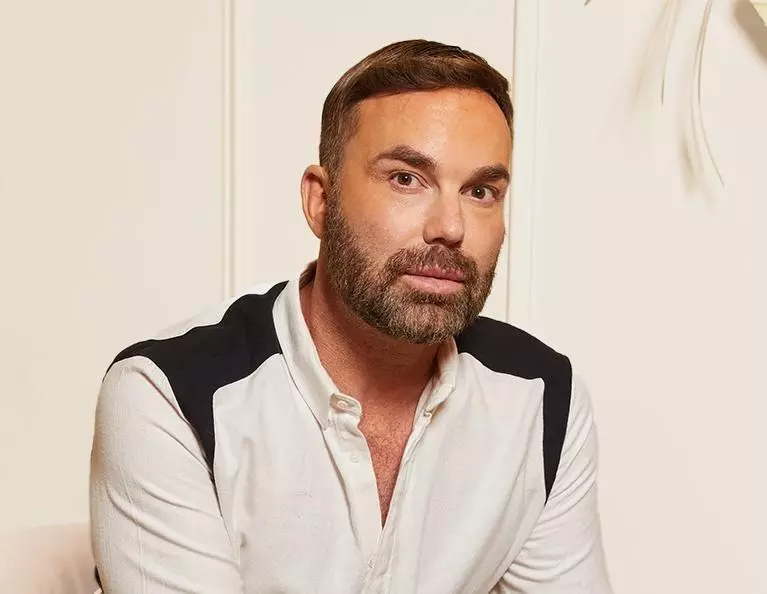Hair grows in a cycle. For those who have significant hair loss, it may be likely that the hair will come back when the cycle resets. Yet, for those who are facing hair thinning or hair loss, knowing what’s happening, how it is happening, and why it has happened for so long is important. Before you start to worry about your hair, consider how the hair growth cycle works and what is considered normal in the process.
How Hair Grows
Hair does not grow from every follicle on the scalp all of the time. Instead, it grows in four different phases. The first three phases are called the anagen, catagen, and telogen phases. During these periods, the process involves hair growth and maturation. It also includes the activity in the hair follicle that helps to produce the hair itself. The last stage is called the exogen stage. This stage occurs when the follicle sheds the hair that is present in the follicle, and a new hair begins to ready to take that lost hair’s spot.
Many factors impact the length of time between each of the stages. That includes a person’s age, overall health and nutrition levels, and even stress. These variables make it hard to know how long it may take for new hair to replace the hold in your situation. Here is a look at what typically occurs in each phase.
Anagen Phase
Also known as the growing phase, this is the longest phase for the hair. It typically lasts between three and five years, but it could be seven or more years for some people. Different hair types typically have a different length of the anagen phase. For example, eyebrow hair does not grow for as long as hair on the scalp. During this process, the follicles are pushing hair outward. This will continue until the reach the end of their lifespan and fall out, or you cut your hair.
Catagen Phase
This stage begins when the anagen phase ends. It is a short phase, lasting about 10 days. During this time, the follicle shrinks. The hair growth comes to a stop. The hair begins to separate from the follicle’s base during this stage, though it will remain in place until the final growth period. Over your entire scalp, about 5 percent of your hair is typically in this stage at any given time.
Telogen Phase
The next period is the resting phase of the follicle. During this time, the hair is not growing from the hair follicles. This stage often lasts three months, but it can be shorter or longer for some people due to their health. About 10 to 15 percent of all hair on your head at any given time is in this phase. Most often, the hair is not growing during this phase, but it does not fall out.
Exogen Phase
The exogen phase is essentially an extension or a part of the telogen stage of hair growth. It is also known as the shedding phase. During this time, the hair has reached the final time of being held in place by the hair follicle. It typically falls out at this point. The hair falls out at the end of the telogen phase at the start of this phase. On any given day, a person may lose 50 to 100 hairs due to this process. It is completely normal to lose that amount of hair during this phase. Doing so does not indicate anything is wrong. This phase can last for between two and five months. Once it ends, new hair begins to grow, and the hair growth cycle begins again.
If you hope to help encourage the growth of your hair, be sure to focus on providing your hair follicles with what they need to see results. That may include improving your nutrition and getting enough stress relief in your life to encourage healthy growth.
To learn more, contact the team at Unique Hair Concepts for a complimentary, private consultation.






